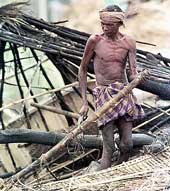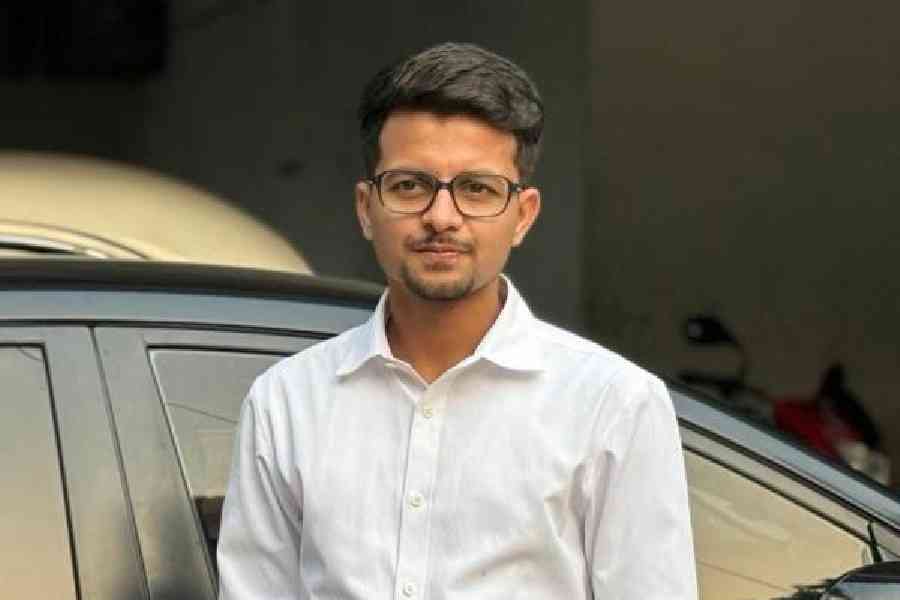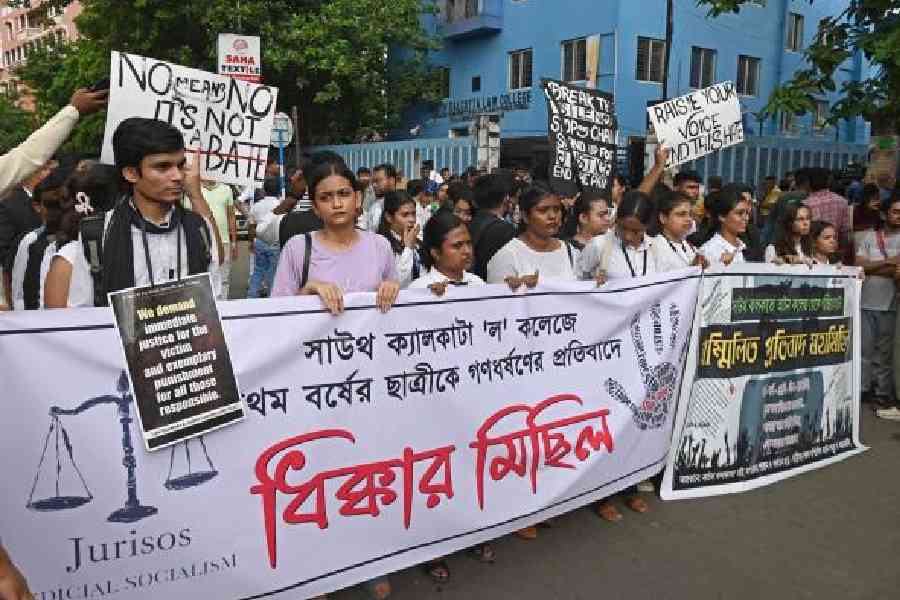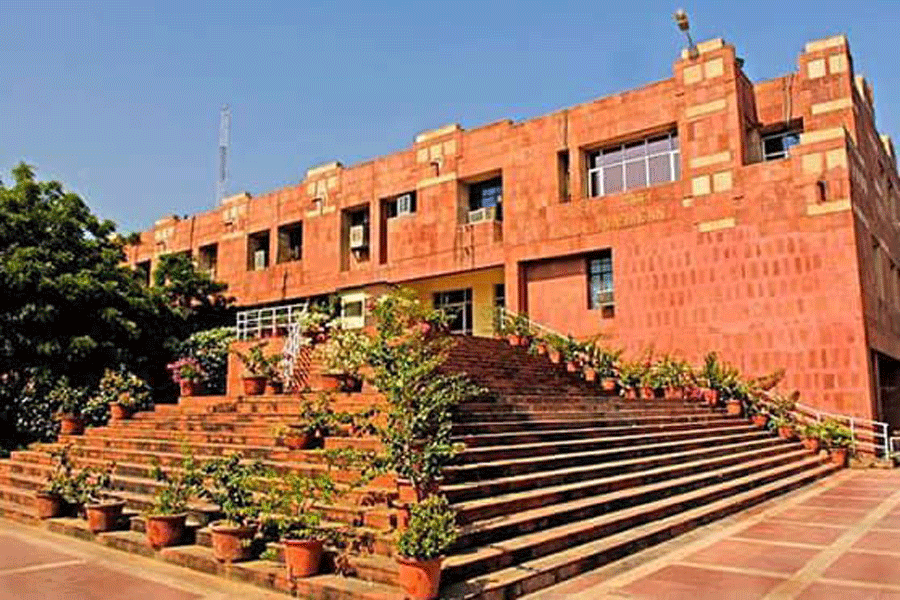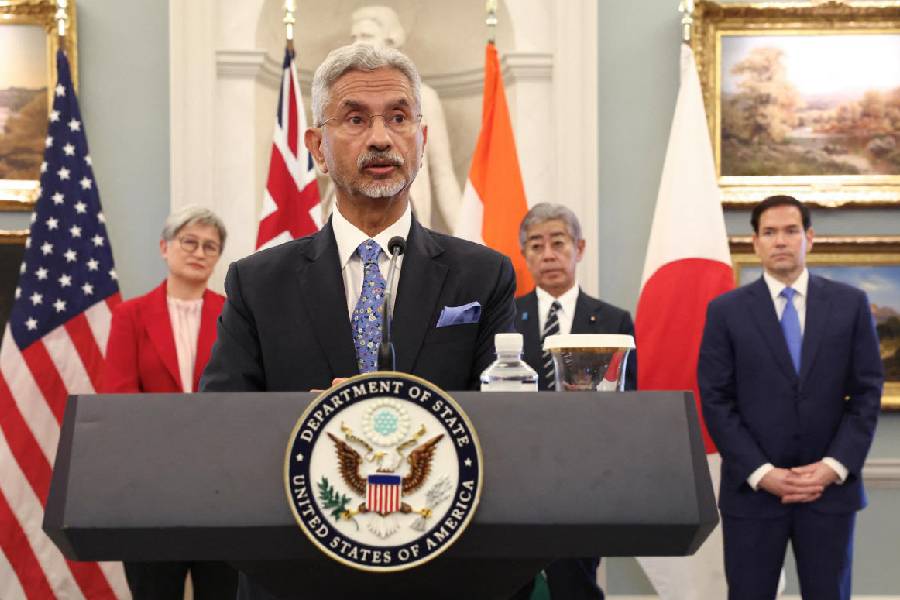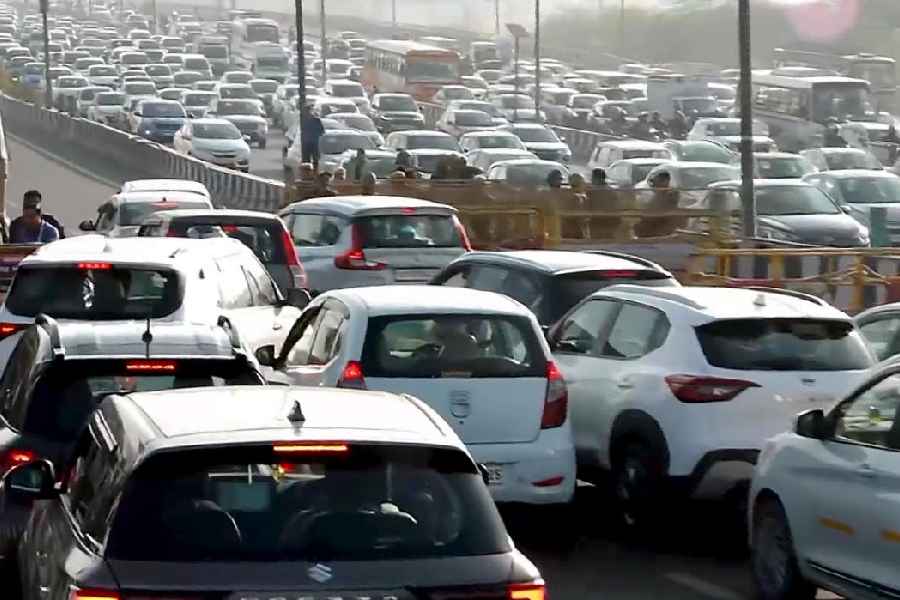|
|
| Faults in the system |
Further, it was found that in test-checked blood banks, costly machines like one costly CD-4 machine for human blood counting cells and one frozen plasma deep freezer of 480 litres (-86 degree Centigrade temperature), 2 deep freezer of 480 litres (-20oC temperature), one Eliga Reader Model Tecan Spectra machine and one deep freezer of 200 litres (-20oC temperature), valued at Rs 40.79 lakh and sent by NACO, were lying idle or had become defective since their receipt in 1991-92, 1996-97, 1997-98 and 1998-99.
Screening test of blood samples conducted by the School of Tropical Medicine, Calcutta, detected the following HIV and AIDS cases during September 1997 to December 2000.
Sero Surveillance of HIV positive cases among different groups of people had increased from 989 in 1997 to 2,357 in 2000. For 9,247 tests carried out by STM, Calcutta, during 1998 to 2000, HIV was 1,368 (147.94 per thousand). Again, HIV reactive cases detected in blood banks were not being sent to STM, Calcutta, for further confirmation; in some cases, if sent, the report thereof was not available for want of feedback report from STM. Total HIV reactive cases in 3 blood banks of Calcutta during 1996-99 was 761. In 1999, in Central Blood Bank alone it was 554 out of 80,564 bottles of blood collected. But in these cases, blood donors are not identified as per NACO guidelines.
Out of 29 STD clinics (6 in medical colleges and 23 in other places), in 20 clinics no equipment were supplied while in others, equipment were partly supplied.
Information, education and communication are the most important strategies in the fight against HIV/AIDS... Main activities of IEC in the state were use of mass media, involvement of NGOs, training to health workers and inter-sectional personnel like police, ICDS functionaries, jail warders, prisoners, etc. A hotline service for 24 hours counselling on AIDS/HIV (1097 dialling) with active voice response system in Calcutta, Howrah, Hooghly, Bankura and Darjeeling districts had been introduced since 1999. Condom promotion in Sonagachi, a red light area, was organized through different NGOs in Calcutta. But no such concerted effort was taken up in the districts.
In Asansol, where 900 sex workers stayed, there was only 42 per cent coverage through condoms. The working reports of peer educators and outreach workers were not available. At Durgapur, where 250 sex workers were working, just one awareness campaign had been organized by the district AIDS control officer and was attended by only 75 sex workers. Condoms were distributed through intermediaries and it was not ensured that they were received by the ultimate users. Sib Sankar Seva Samity, an NGO in Bardhaman town, received Rs 2.76 lakh from AIDS cell office and arranged only 4 seminars, out of a target of 9, among university and college students in 1999-2001 but there was no record of distribution to any place in the district. Though there was no dearth of funds (balance in hand: Rs 3 lakh for IEC activities), only 6 seminars had been organized in three years.
In Birbhum, no IEC activity was organized by the district office till March 2001. There was no instance of display of permanent hoardings, posters, banners and distribution of leaflets during 1998 to 2001, nor of any awareness generation programme organized among vulnerable groups. No sentinel surveillance either to attenders to sexually transmitted diseases or to ante-natal mothers was conducted. One NGO (St John Ambulance Association, Birbhum) was financed to work among flying sex workers and truckers for a 80-km highway, but only 20 km was covered. The NGO contacted only 20 FSWs and 250 truckers and distributed 300 condoms in 6 months.
In Malda, there was no permanent hoarding in any prominent place. Posters, flip charts, leaflets were neither developed nor distributed till March 2001. Sensitization programmes and sentinel surveillance were also not conducted. One NGO (Durbar Mahila Sammelan Committee, Malda) was working in red-light areas in Malda town where 75 sex workers out of 110 used condoms while out of 7 tested for Syphilis and Gonorrhoea, 5 were found positive. All sex workers in the area were living below the poverty line. Condoms were not distributed to them free of cost by the government or NGOs. In STD clinics of government district hospitals it was revealed that 66 male STD patients treated during 1998-2000 were red-light-area-going people, which indicated condoms were not used by the sex workers.
In Darjeeling, Rs 17.93 lakh was spent by 4 NGOs for IEC activities and awareness programme. One NGO (Sebakarya) received Rs 2.47 lakh and took up condom promotion among clients and FSWs in 20 hotels of Darjeeling. Records revealed that in 15, no work was done. The district level officer did not monitor or evaluate the work of NGOs on IEC activities.

